We live in the age of digital photography with feature packed digital cameras so why would anyone want to go back to shooting film?
My romance with film was purely by accident. I needed an old film camera as a prop for a shoot that I was planning. I identified a Nikon FG which was reasonably priced and still in working order on Amazon. To my delight, when it arrived, it was in decent shape. I also borrowed a collection of other film cameras from my mentor and fellow photographer and completed my assignment (see image above).
But it didn’t end there. My interest was peaked. Next I set out to find a compatible lens. I decided to purchase a new lens to pair with my old camera and settled on the Nikkor 50mm 1.8D which I got for just over $100.
Film Stock
The next step was not so straightforward. I had to choose what film to shoot. I have always loved shooting in monochrome and so the decision to shoot black and white negative film was made. But what type of black and white film? There are so many! My search was aided by the multitude of blogs and videos online proporting the benefits of one film stock over another. Eventually I settled on Kodak Tri-X 400 because of the “traditional” look of this film stock. However, the Tri-X was not destined to christen my Nikon FG. When my Amazon package with my film apparently disappeared from the radar, I in frustration ordered two rolls of Kodak TMax 400 as a replacement.
It felt a little nostalgic the first time that I loaded that roll of Kodak TMax 400 into my treasured Nikon FG. It reminded me of my childhood when I would occasionally be allowed to load the film into my father’s Pentax SLR.
Shooting Film – Lessons Learned
What followed for the next two weeks could best be described as a separation from my younger Nikon d850 and a romance with the older and more experienced Nikon FG.
One of the first differences between film and digital is that with film, you are far more selective about the shots taken. I remember the first day that I took my Nikon FG on a date along the iconic 7 mile beach in Negril. I stooped down beside a fisherman’s kayak, composed the shot and adjusted the focus and selected the exposure. Just before squeezing the shutter, I thought, “do I really want to take this picture?”. Was it worth one of the exposures on my roll of 36 exposure film. I thought better of it, stood up and kept on walking! So, first lesson, “Be selective”.
The next time I stopped, was by a barren tree stump rooted in the sand by the water’s edge. I had past this fossil many a time. This time it was different. There was a single seabird sitting atop the tree. It was perfect but I was not in the perfect position. The background was cluttered. I would have to walk pass the tree without disturbing the bird and shoot in the opposite direction. I was lucky, the bird seemed unconcerned with my photography plans.
Again, I composed the shot, adjusted the focus, set the aperture, checked the exposure and then squeezed the shutter. And then as if my brain was working in slow motion, I realised that I had neglected to change the shutter speed to that which was recommended by the camera’s light meter. My image would have been overexposed, or so I thought! The scene was so picturesque that I decided to devote two more exposures to this scene.
Over the next two weeks, I used every opportunity to take my Nikon FG with me while leaving my other photography gear at home. And then it was done…36!
Film Lab
The next major decision was where to get my film developed. Again, an internet search revealed several good options. I settled on the Darkroom and I was not disappointed. The results reinforced my second lesson, film is very tolerant to overexposure. That first shot which I was certain was overexposed was in fact nicely exposed. See some other shots from the my first roll below.
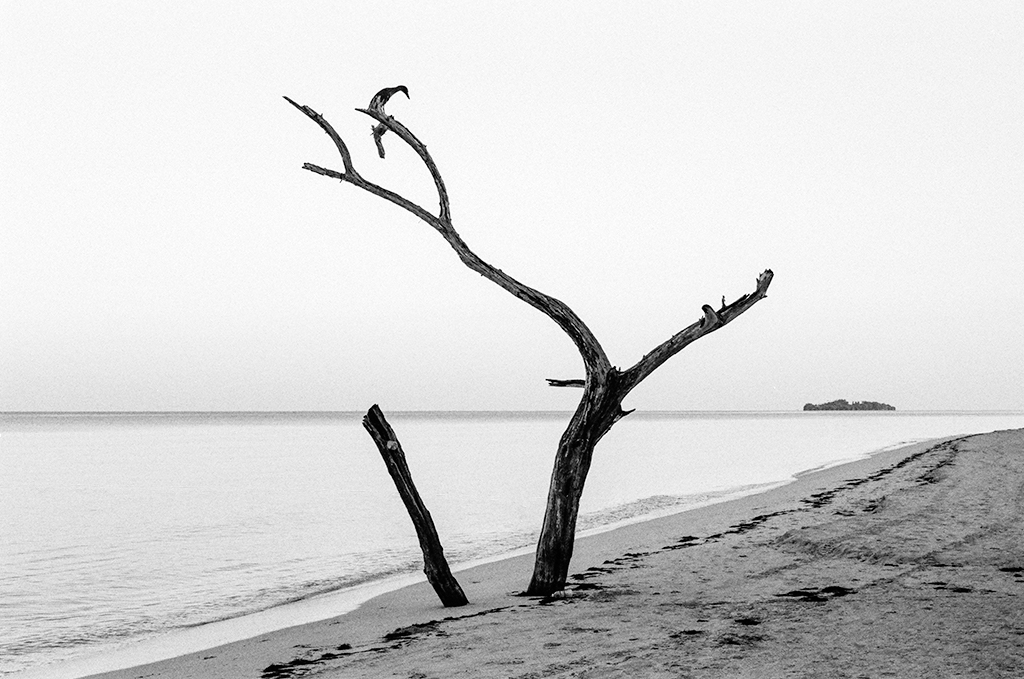
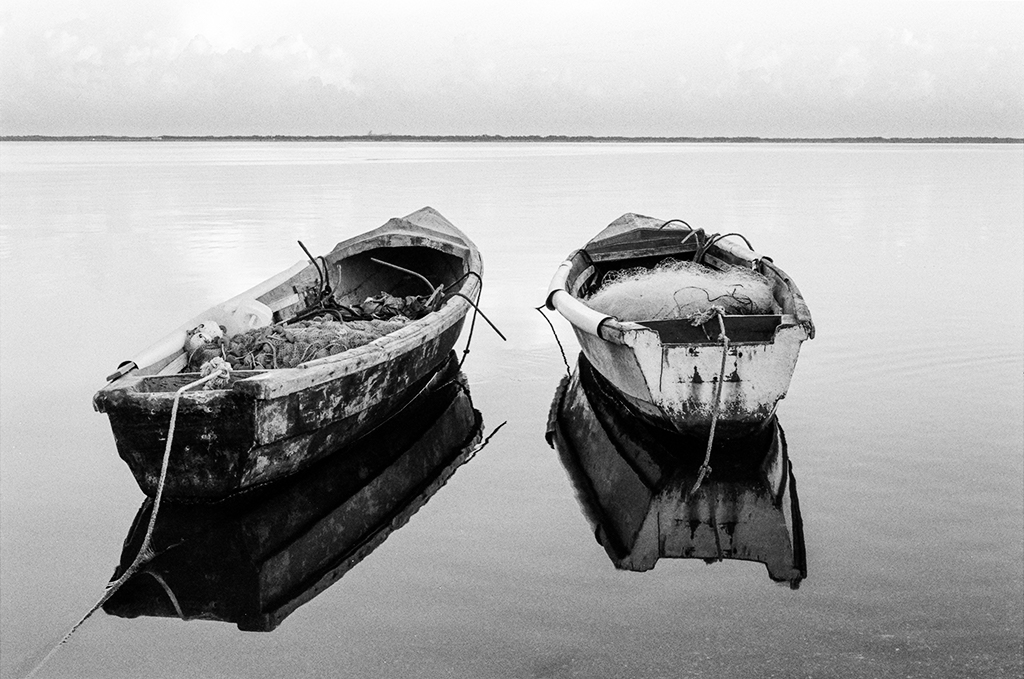
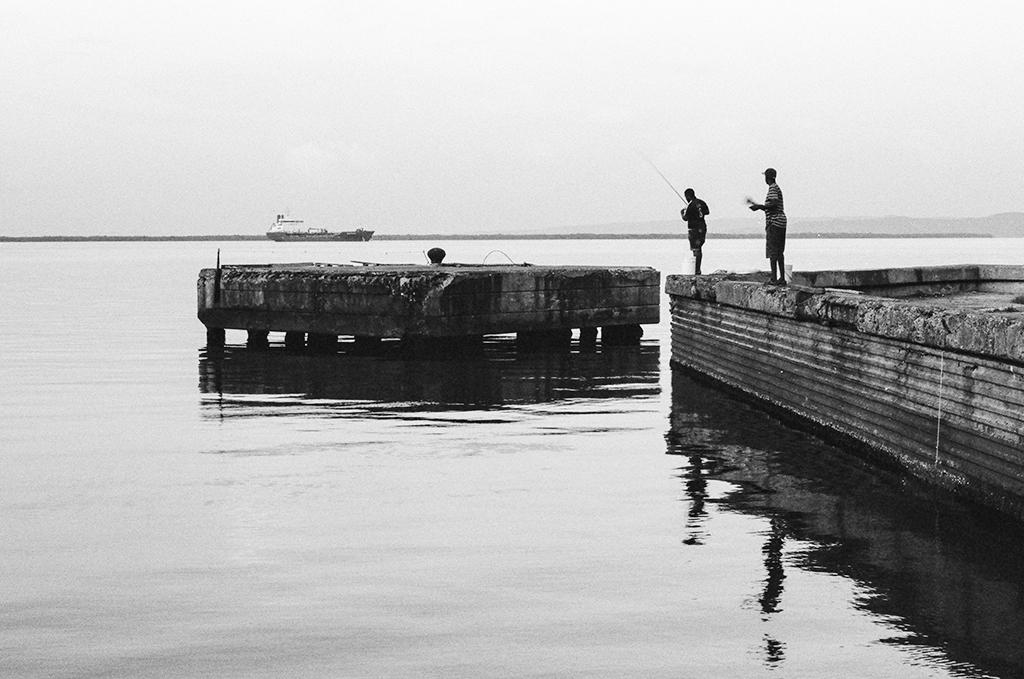
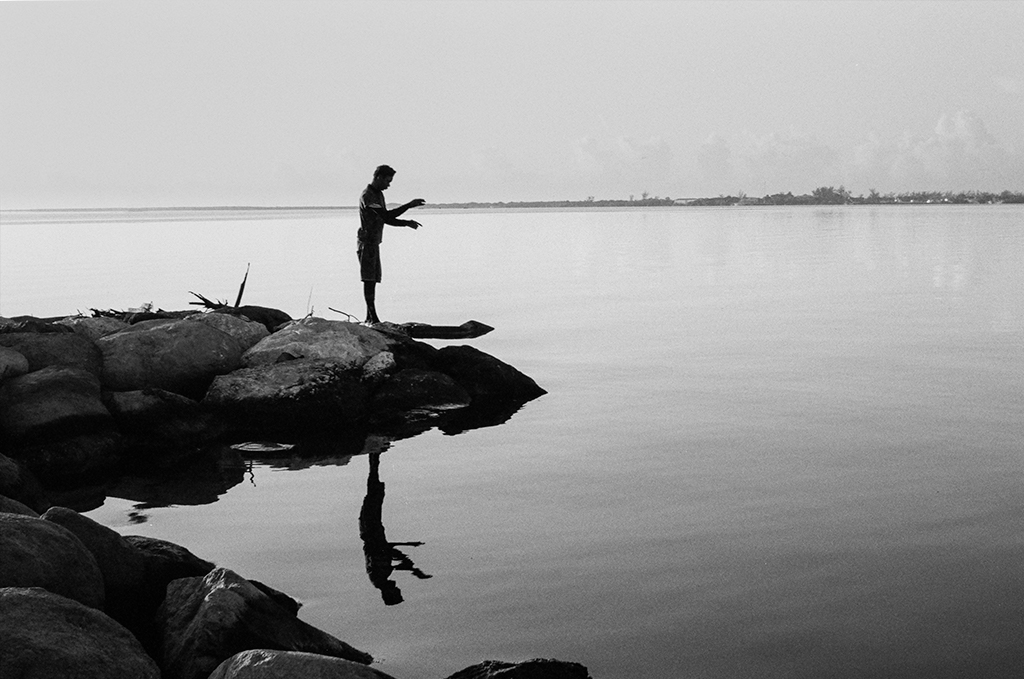
The third lesson learned is to avoid underexposure. I had envisioned a shot with a freight train traversing an old bridge in Bog Walk. I framed the shot and waited for the train to come by. Minutes turned into more than an hour. The evening shadows were lengthening and I had given up on shooting for the rest of the evening. I had started to walk up the tracks to my parked car when I was alerted to the oncoming train. I quickly turned and got back to my previously selected location. It was dark. Even with an aperture of f/1.8 and a shutter speed of 1/60 seconds, the light meter indicated that the image would be under exposed. I hesitated but as the train sped toward me, I squeezed the shutter. Pure mud! Never under expose! See the image below.
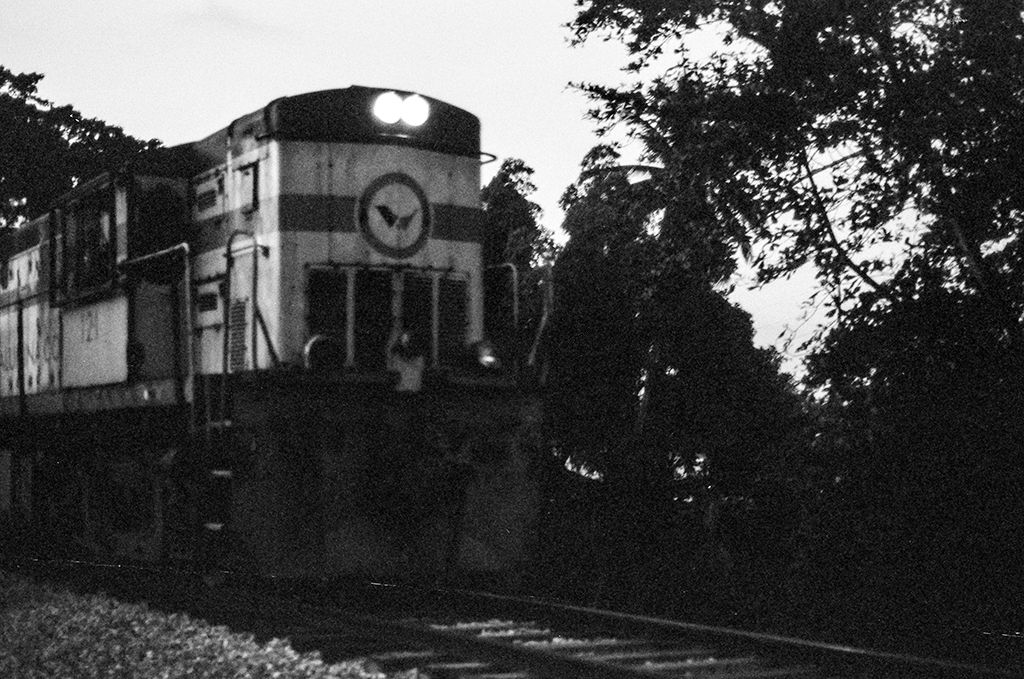
Now my Nikon FG and my Nikon d850 live harmoniously together, sometimes sharing the same camera bag and at other times getting individualized attention. If only life was as simple as this.
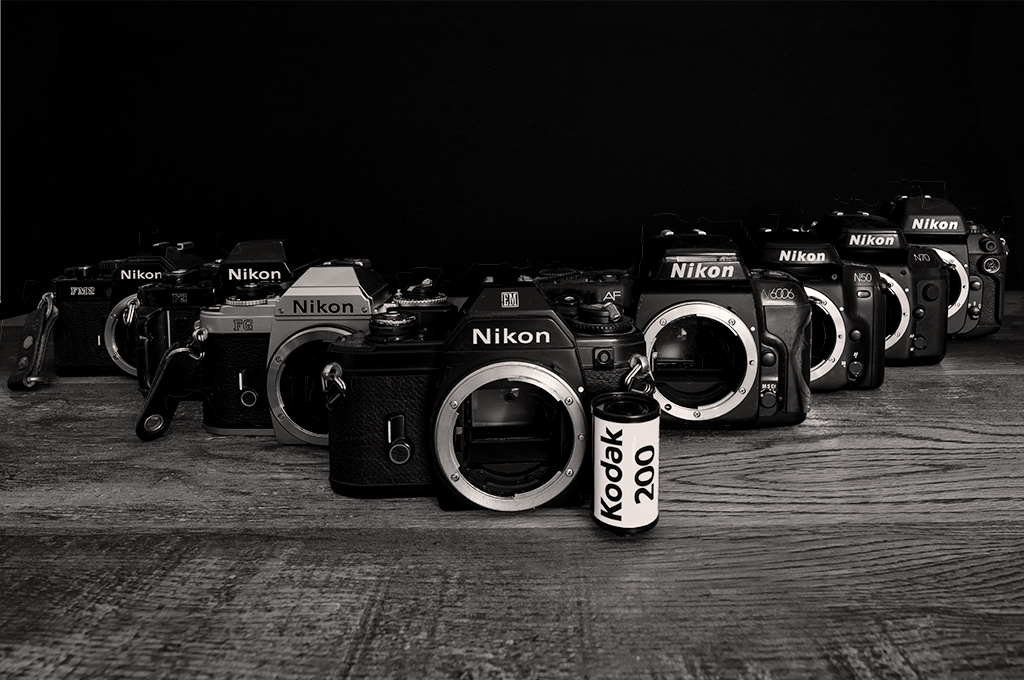
Nice article. Love the Negril pics!!
Thank you Reichel
My goodness, Sherard. Such a romantic ode to the analogue camera and black and white photography.
I love the sharpness of the images and your live for the medium oozes through. Long live your blog.
Thank you Abena
Congrats Sherard. As a blogger myself, I have long realized how important it is to write about what one is passionate about and you have reinforced that. Enjoy the ride and I look forward to the next post.
I am definitely enjoying the ride. Thanks Pierre.
I enjoyed reading this, love these pics.
Thank you Angela.
Congratulations! Sherard.
I am so reminded of the old days of film.
The smell of the Darkroom, the colour of the Safelight, the temperature of the space and all the gadgets of printing are special. They are reminders of a time when we were the sole creator of our images. When it was done, it was done. Re-editing is a new word in this process. I am happy you have discovered the accuracy of the process at the shooting stage. Absolutely wonderful. You are always going to be careful.
Black and White, Darkroom Photography has its own language.
You have certainly developed a passion for this old art form. I can hear it in your voice.
Thank you Ms. Zacca. You were the spark that started it all …
It is incredible how in a simple and good man you can combine talent as a doctor and as a photographer to take those beautiful pictures, it is truly a gift of humanity that God gave you, I congratulate you, you capture in your photos all the passion and life that there is around you is an incredible world in which the color is only in the imagination of each one and in how beautiful each one sees in those wonderful images of your country greetings and my respects for you always greeting
Mia
Thank you for your kind words Mia